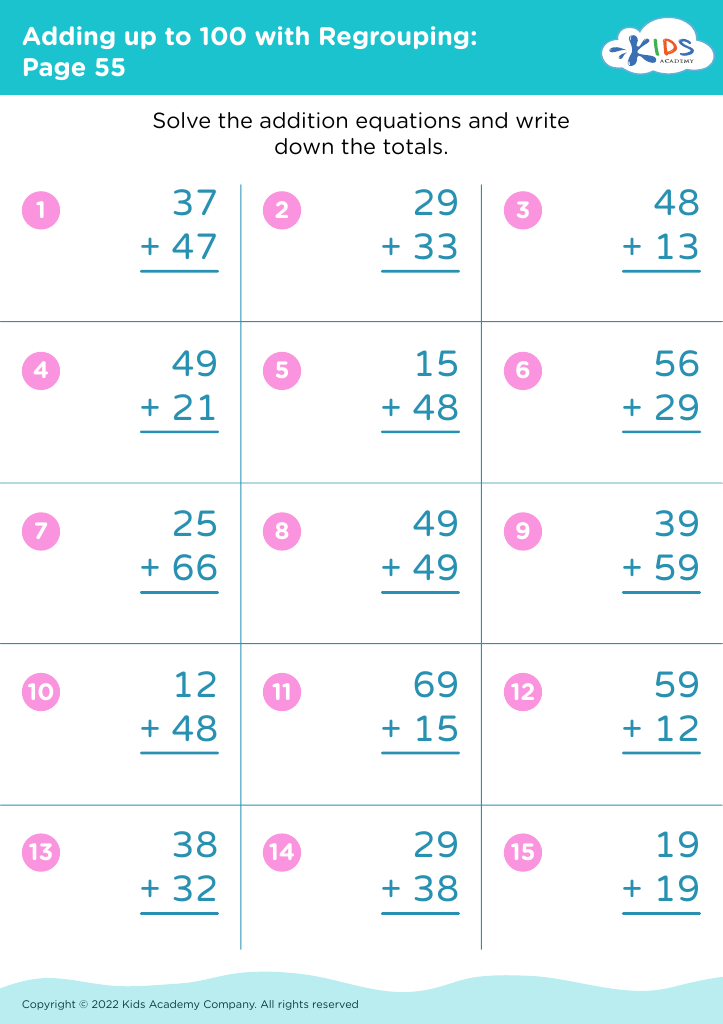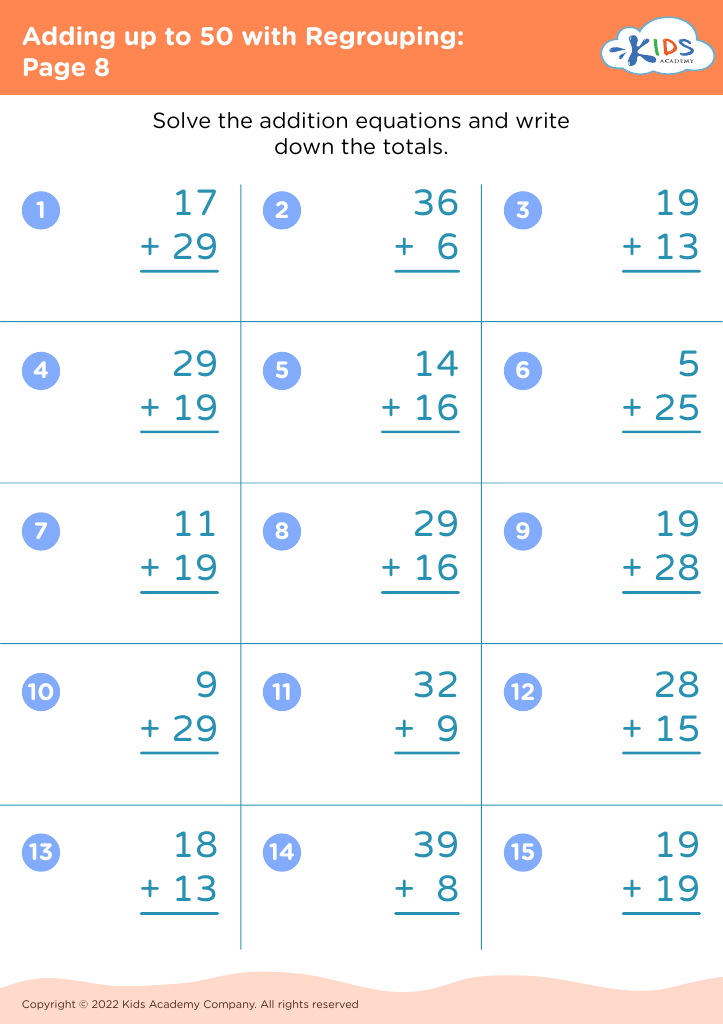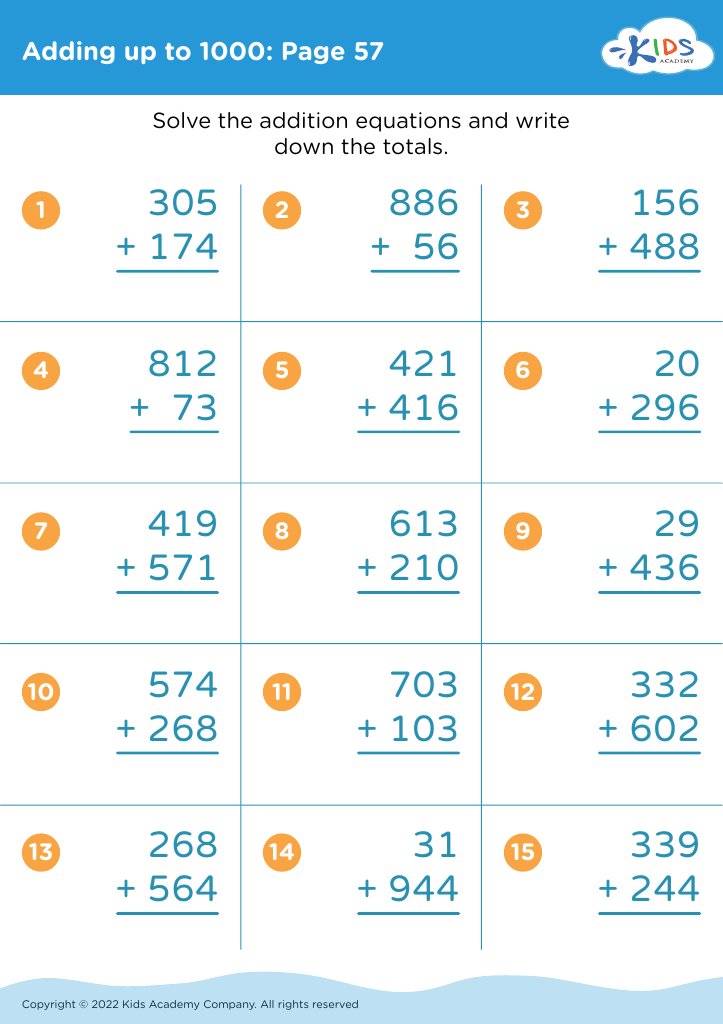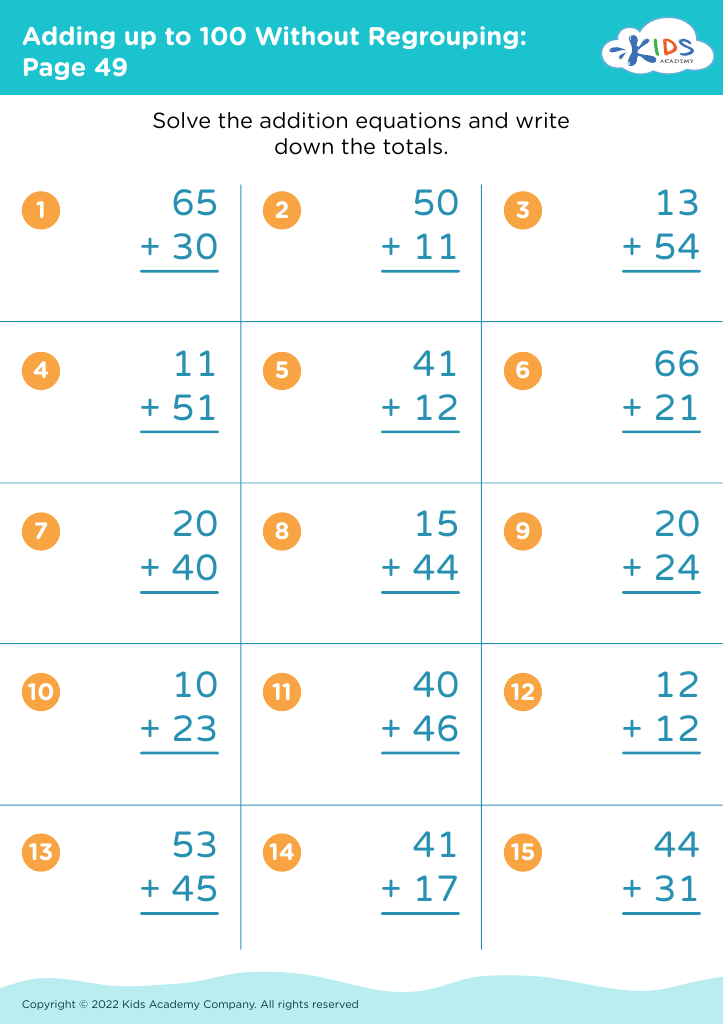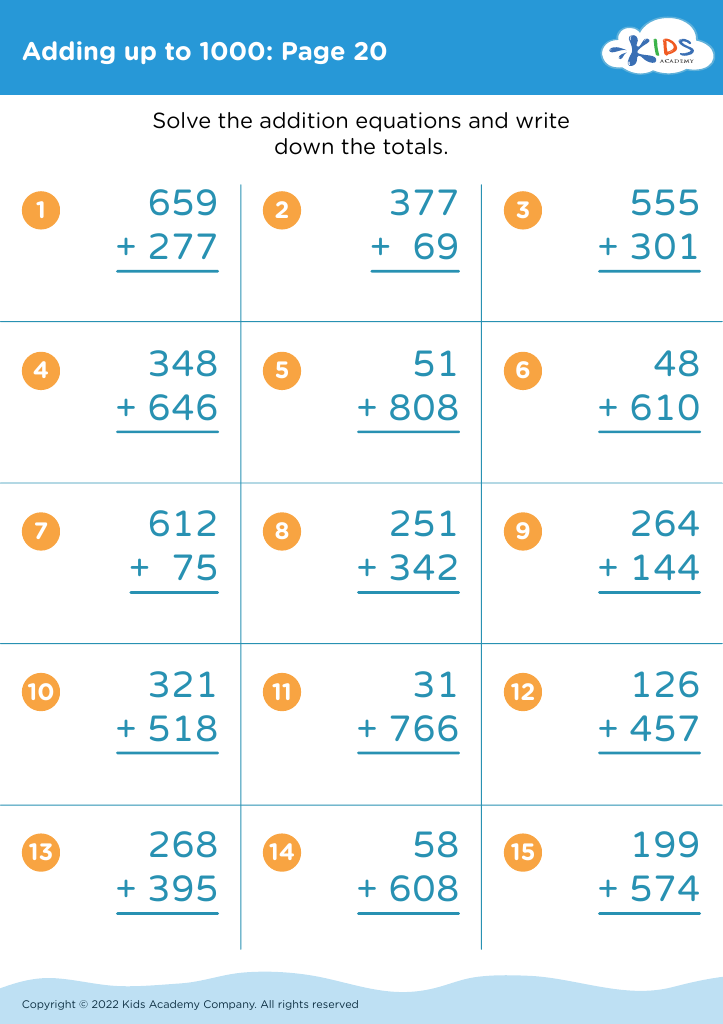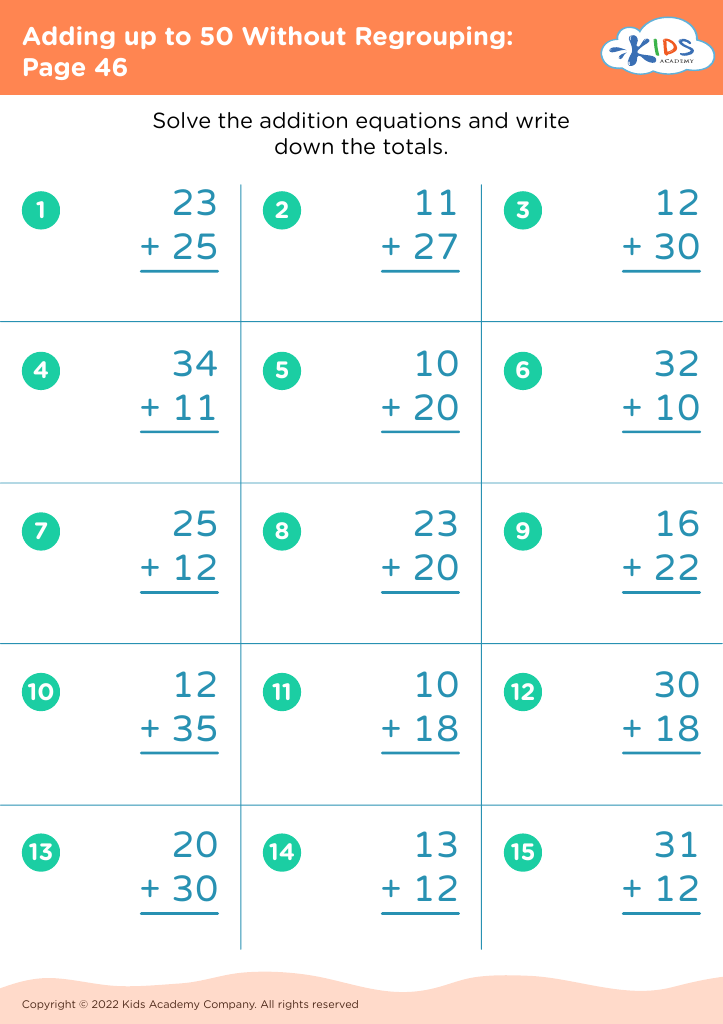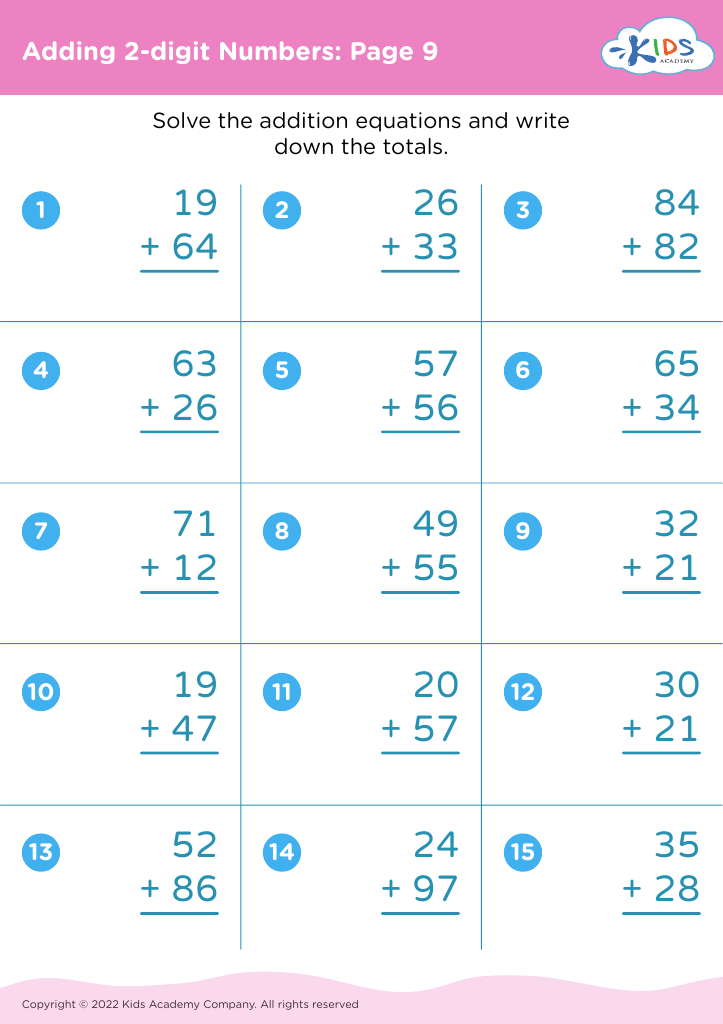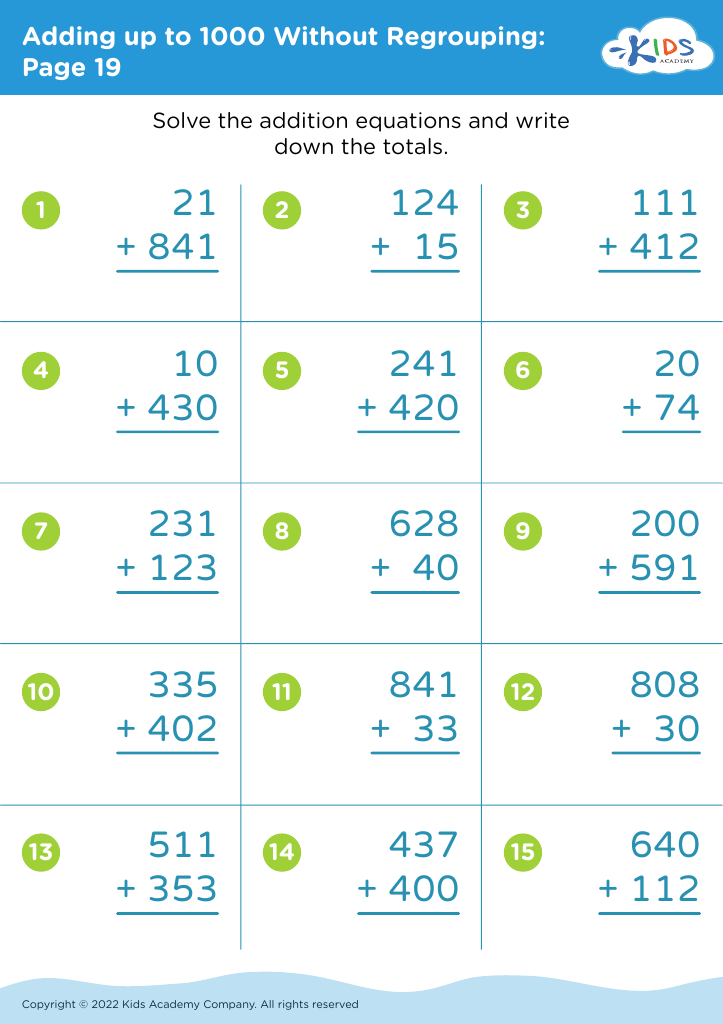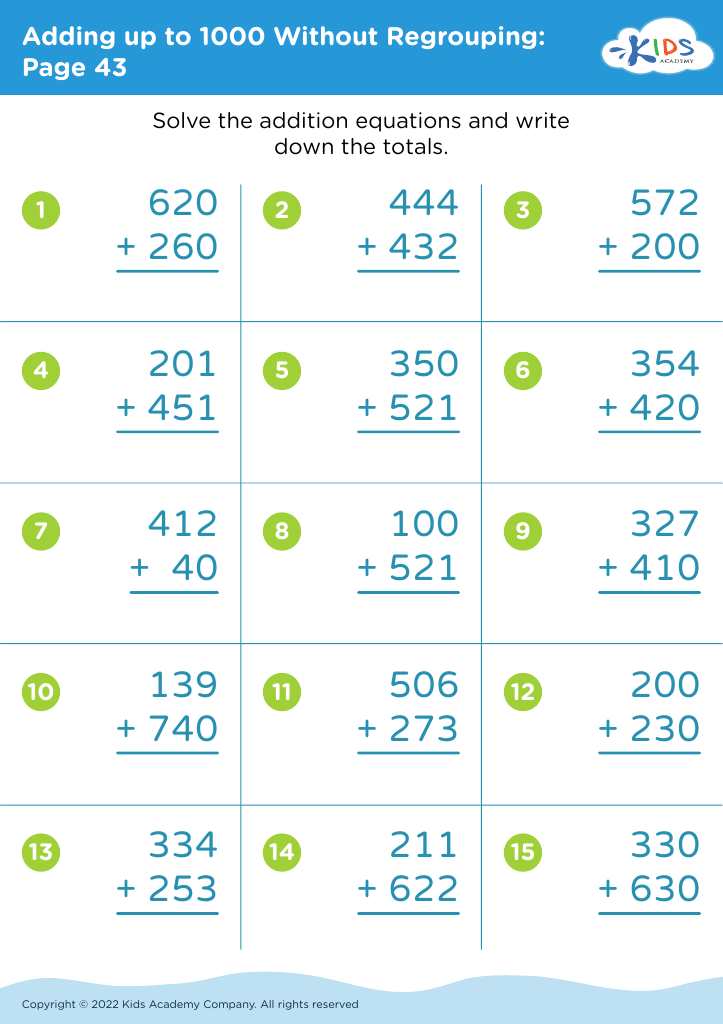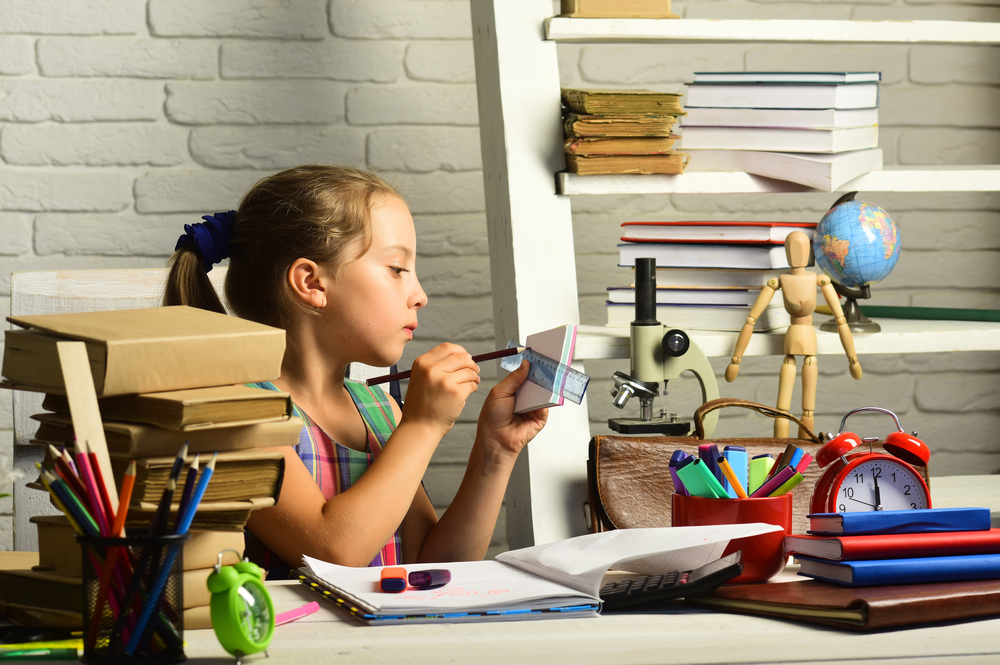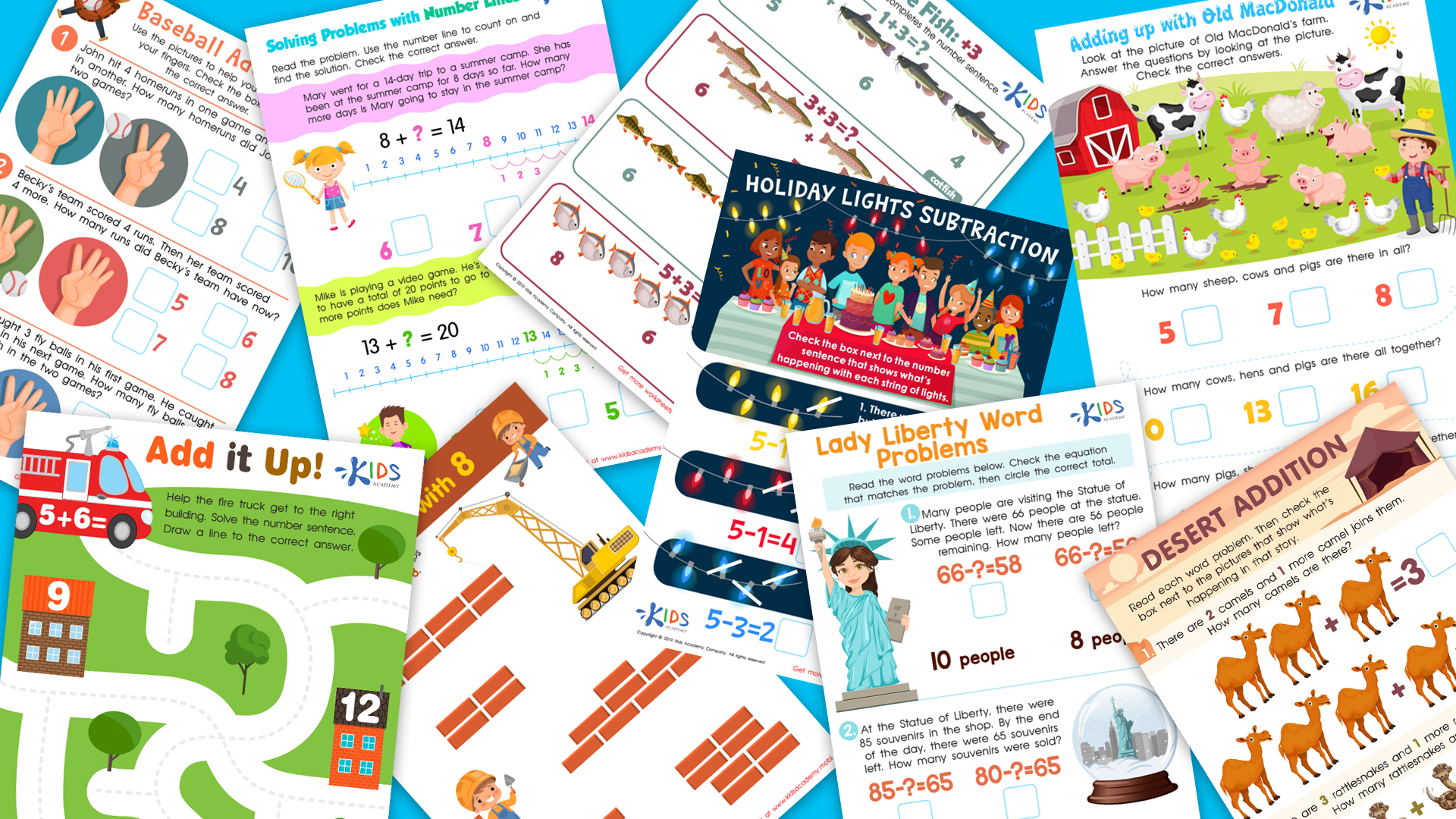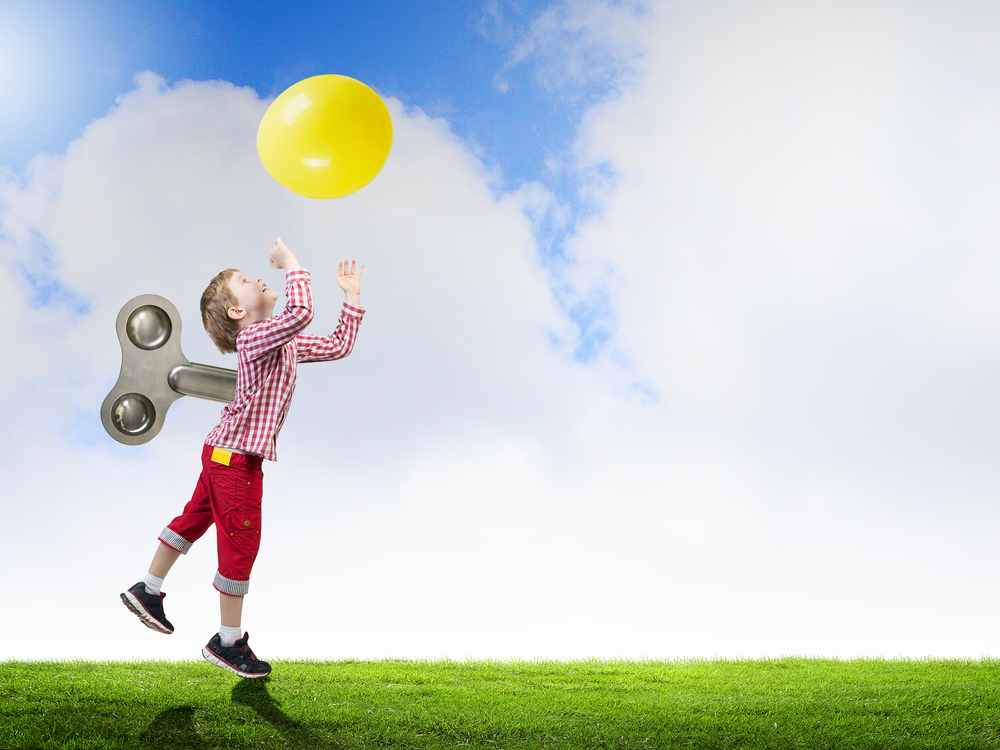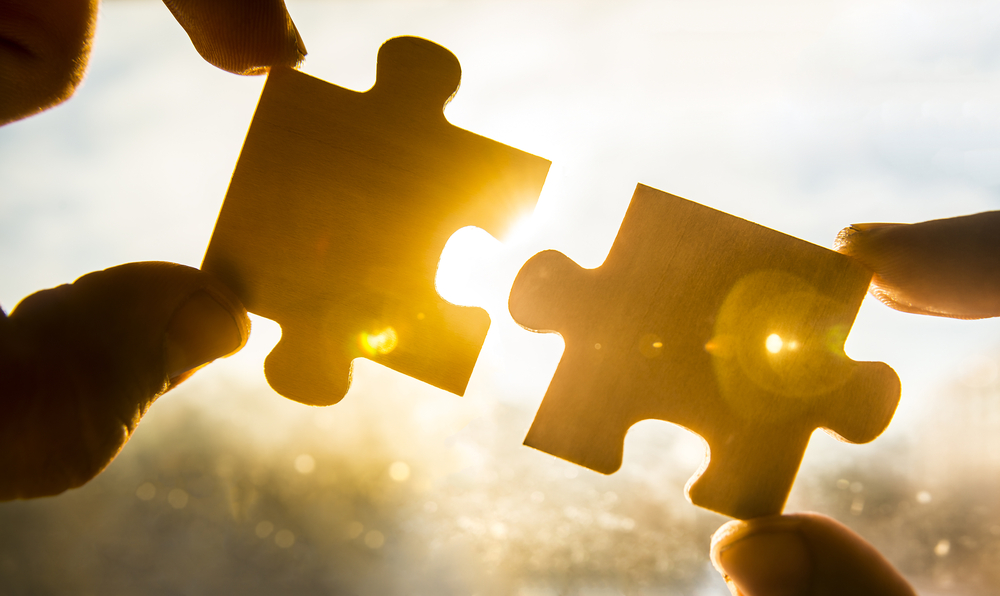Shape identification Addition Worksheets for Ages 7-8
13 filtered results
-
From - To
Explore our engaging Shape Identification Addition Worksheets designed specifically for children aged 7-8! These worksheets combine essential math skills with fun shape recognition activities, helping young learners enhance their addition abilities while identifying various geometric shapes. Our interactive exercises promote critical thinking and problem-solving skills, making math more enjoyable and relatable. Perfect for classroom use or at-home learning, these resources are crafted to support holistic development in early education. Downloadable and easily accessible, these worksheets offer great practice opportunities for beginners as they build confidence in their math skills. Inspire a love for learning with our colorful and educational resources today!
Shape identification is not just a fun activity for children aged 7-8; it plays a crucial role in their cognitive development and foundational math skills, particularly in addition. At this age, children are transitioning from concrete understanding to more abstract reasoning, and recognizing shapes helps them visualize mathematical concepts. Familiarity with shapes enhances spatial awareness, which is essential for problem-solving in geometry and everyday situations.
Moreover, linking shapes to addition supports the development of critical thinking. For instance, when children assess how many triangles make a rectangle, they apply addition in a tangible way that reinforces learning. This approach not only nurtures mathematical skills but also boosts creativity as children explore how shapes can combine or change form.
Parents and teachers should emphasize shape identification as it fosters a holistic understanding of mathematics. It encourages collaboration during activities such as building models or working on puzzles where shapes and addition intersect. By understanding the relationship between shapes and numbers, children build essential skills that pave the way for future learning in math and sciences.
Investing time in these activities ensures children are well-prepared for more complex mathematical concepts in later grades, solidifying their academic foundation.


